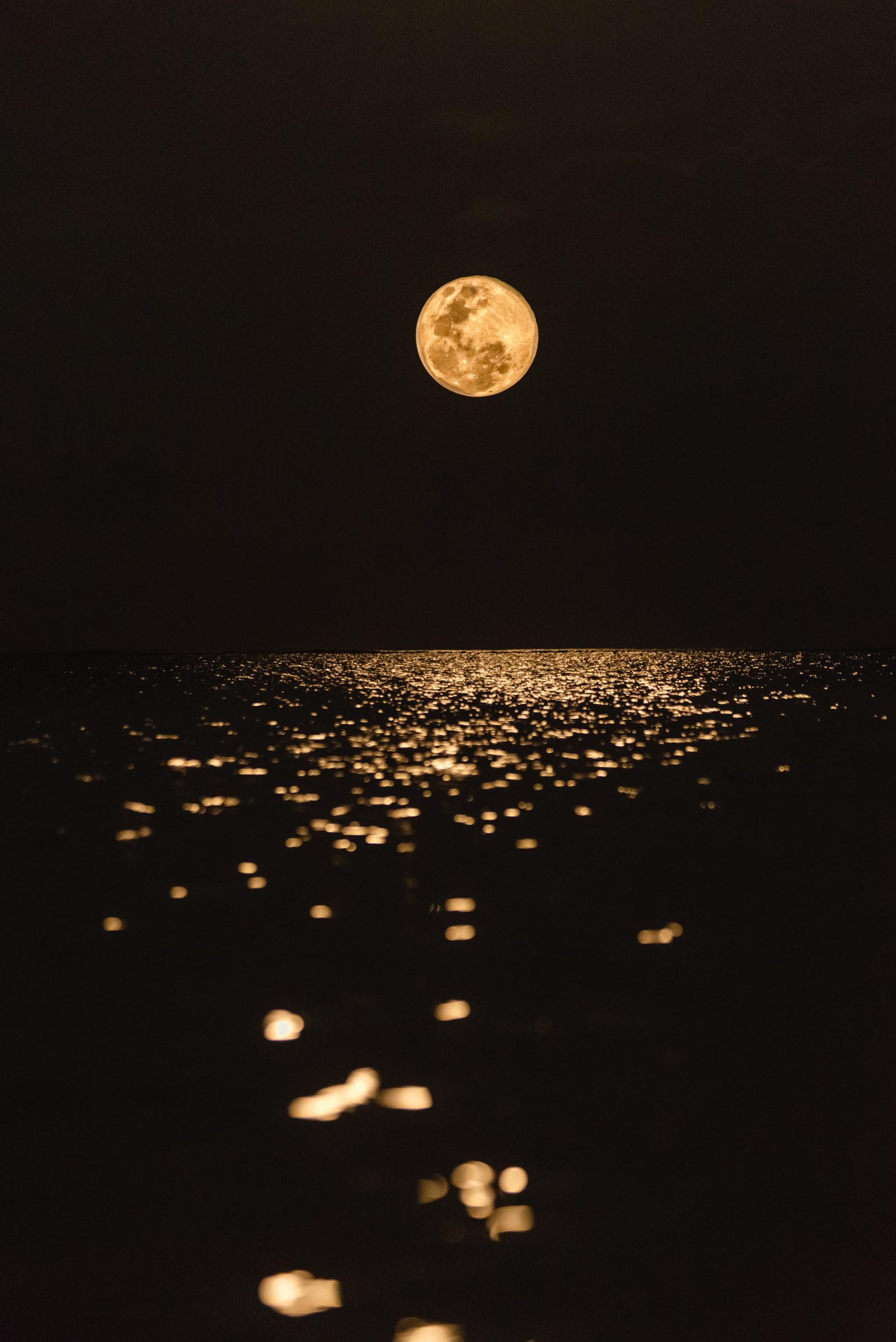The Waxing Crescent Moon in the Southern Hemisphere: A Guide to Observing and Understanding
Introduction:
The moon has been a source of fascination and wonder for centuries. Its various phases and shapes have captivated humans, inspiring art, music, and scientific exploration. One such phase, the waxing crescent moon, holds a special charm for observers in the southern hemisphere. In this blog post, we will explore the intricacies of the waxing crescent moon in the southern hemisphere and provide a comprehensive guide to observing and understanding this celestial event.
Understanding the Waxing Crescent Moon:
Before delving into the specifics of the waxing crescent moon in the southern hemisphere, it is essential to understand what exactly this phase signifies. The moon transitions through eight distinct phases in its lunar cycle, beginning with the new moon and ending with the full moon. The waxing crescent moon is the first visible phase after the new moon, characterized by a thin, crescent-shaped sliver of light on the moon’s surface.
The waxing crescent moon occurs when a small portion of the moon is illuminated by the sun but is still shrouded in darkness. The remaining portion of the moon is not yet visible, gradually revealing itself as the moon progresses through its phases. This mesmerizing sight offers a unique opportunity for observers in the southern hemisphere to witness the growth and transformation of our closest celestial neighbor.
Observing the Waxing Crescent Moon in the Southern Hemisphere:
The southern hemisphere offers a different perspective on celestial events due to its location on Earth. To effectively observe the waxing crescent moon, certain factors must be considered, including specific dates, times, and sky conditions. Here are some essential tips for observing the waxing crescent moon in the southern hemisphere:
- Plan your observation: It is vital to plan your observation in advance to ensure optimal viewing conditions. Check local astronomical charts or websites that provide lunar phase information for accurate dates and times of the waxing crescent moon.
- Choose a suitable location: Find an observation site away from urban areas and light pollution. Ideally, a spot with an unobstructed view of the sky will enhance your experience.
- Check weather conditions: Clear skies are essential for a successful observation. Monitor weather forecasts and choose a night with minimal cloud cover for better visibility.
- Bring necessary equipment: While observing the waxing crescent moon does not require specialized equipment, having binoculars or a small telescope can enhance your viewing experience. Additionally, consider bringing a tripod to stabilize your view and avoid shaking or blurring.
- Be patient and observant: The waxing crescent moon might appear faint or less prominent initially. Patience is key as the moon will become more visible and brighter with each passing night. Take your time to appreciate the changing shape and enjoy the experience.
The Impact of Southern Hemisphere’s Geographical Location:
The southern hemisphere’s geographical position affects the appearance and movement of celestial bodies, including the waxing crescent moon. Here are some notable impacts:
1. Orientation of the Moon:
Observers in the southern hemisphere will notice a different orientation of the waxing crescent moon compared to their counterparts in the northern hemisphere. In the southern hemisphere, the illuminated side of the moon will curve to the right, resembling a backward “C” shape.
| Type | Northern Hemisphere | Southern Hemisphere |
|---|---|---|
| Waxing Crescent Moon | Right “C” shape | Backward “C” shape |
2. Moon Phases and Moonrise/Moonset Times:
The moonrise and moonset times in the southern hemisphere differ based on geographical location and the specific dates within the lunar cycle. Observing and recording these times can enable moon enthusiasts to witness the different phases at the most opportune moments.
3. Celestial Navigation:
The southern hemisphere’s unique view of the stars and the moon has been crucial for navigation throughout history. By observing the waxing crescent moon and its relationship with other celestial bodies, ancient mariners and explorers were able to navigate vast oceans with remarkable accuracy.
Historical and Cultural Significance:
The waxing crescent moon holds significant historical and cultural value in various societies around the world. In many cultures, this lunar phase symbolizes new beginnings, growth, and opportunities. Examples of the cultural significance include:
- The Islamic calendar relies on the sighting of the waxing crescent moon to determine the beginning of each month, including important festivities like Ramadan and Eid.
- Ancient Mesopotamian civilizations attributed divine meanings and significance to the waxing crescent moon, associating it with deities and celestial events.
- Artistic and poetic representations of the waxing crescent moon abound, reflecting its allure and beauty.
In Conclusion:
The waxing crescent moon in the southern hemisphere offers a mesmerizing display of celestial beauty. By understanding the phenomenon, planning observations, and embracing the unique perspective of the southern hemisphere, enthusiasts can immerse themselves in the wonder of the changing lunar phases. Whether you are an avid astronomer, a poetry lover, or simply someone marveling at the beauty of the night sky, the waxing crescent moon provides an opportunity to connect with the cosmos and explore the mysteries of our universe.
Embrace the magic of the waxing crescent moon in the southern hemisphere and let it ignite your curiosity and enrich your astronomical journey.
Table of Contents
